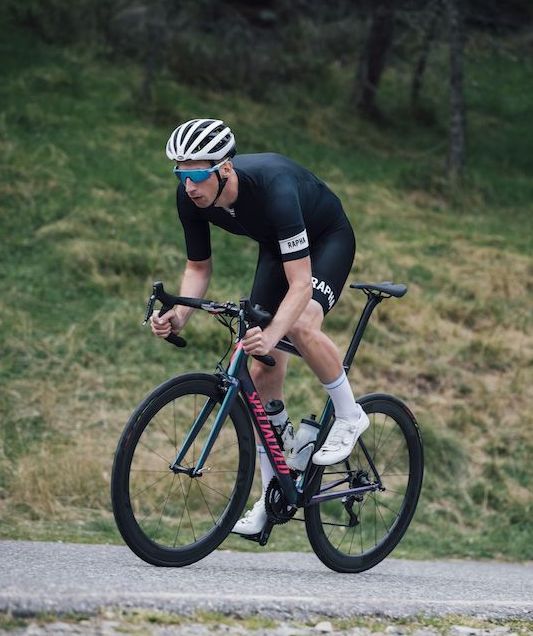Moment in time: Johan Vansummeren's shock win at Paris-Roubaix
Belgian Johan Vansummeren left the cycling world with a feeling of welcome astonishment in April 2011 when he triumphed at Paris-Roubaix. But as the then Garmin-Cervélo rider explains in the first of our Moment In Time features, he almost squandered his chance of success in the final minutes thanks to an event beyond his control
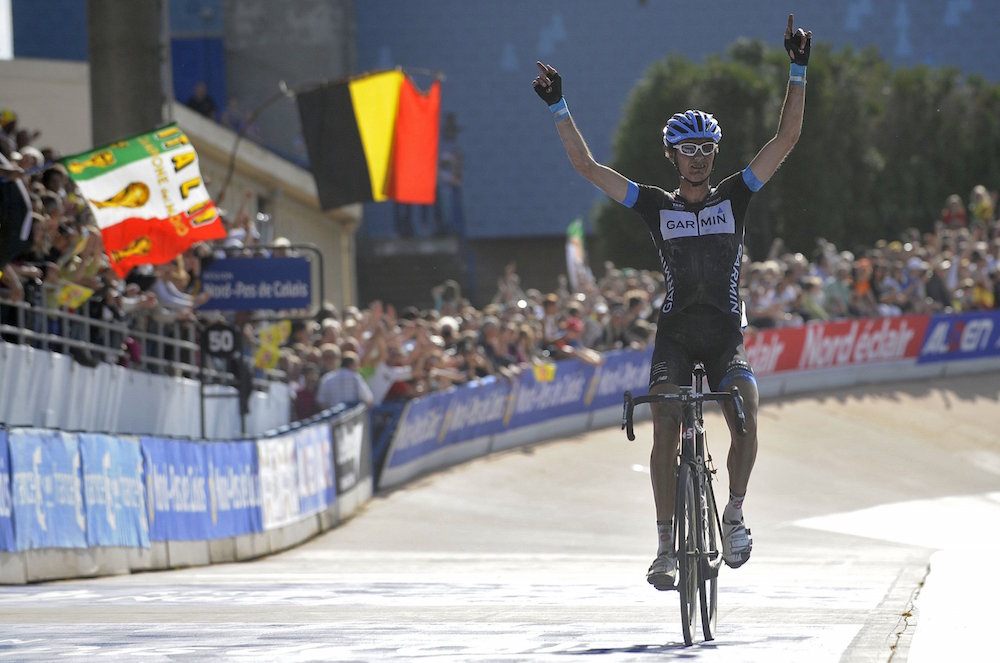
Johan Vansummeren wins the 2011 Paris-Roubaix (Watson)
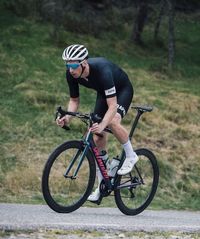
He was respected, but not feared by the peloton. Johan Vansummeren had spent his career playing the role of super-domestique, collecting bottles, acting as the windbreaker and playing the role of the dog who chases the hare.
He had only won two races as a professional, a stage and an overall at the Tour of Poland. His love was Paris-Roubaix, and he had previously finished 4th and 8th there, rare days when he was afforded team leadership. In 2011, however, he was instructed to work on behalf of teammate and world champion Thor Hushovd. He was Garmin-Cervélo’s best chance of victory, so thought his team and the world.
But events transpired for the man from Flanders. He made the day’s main breakaway group and then shackled himself free of the mind games and tactics 15km from the finish, launching a blistering move on the Carrefour de l’Arbre cobbles.
He was closing in on just his third career win, and it was coming in the sport’s most folkloric race. Imagine, then, the torment he went through when, four kilometres from the finish, he realised he had a slow puncture.
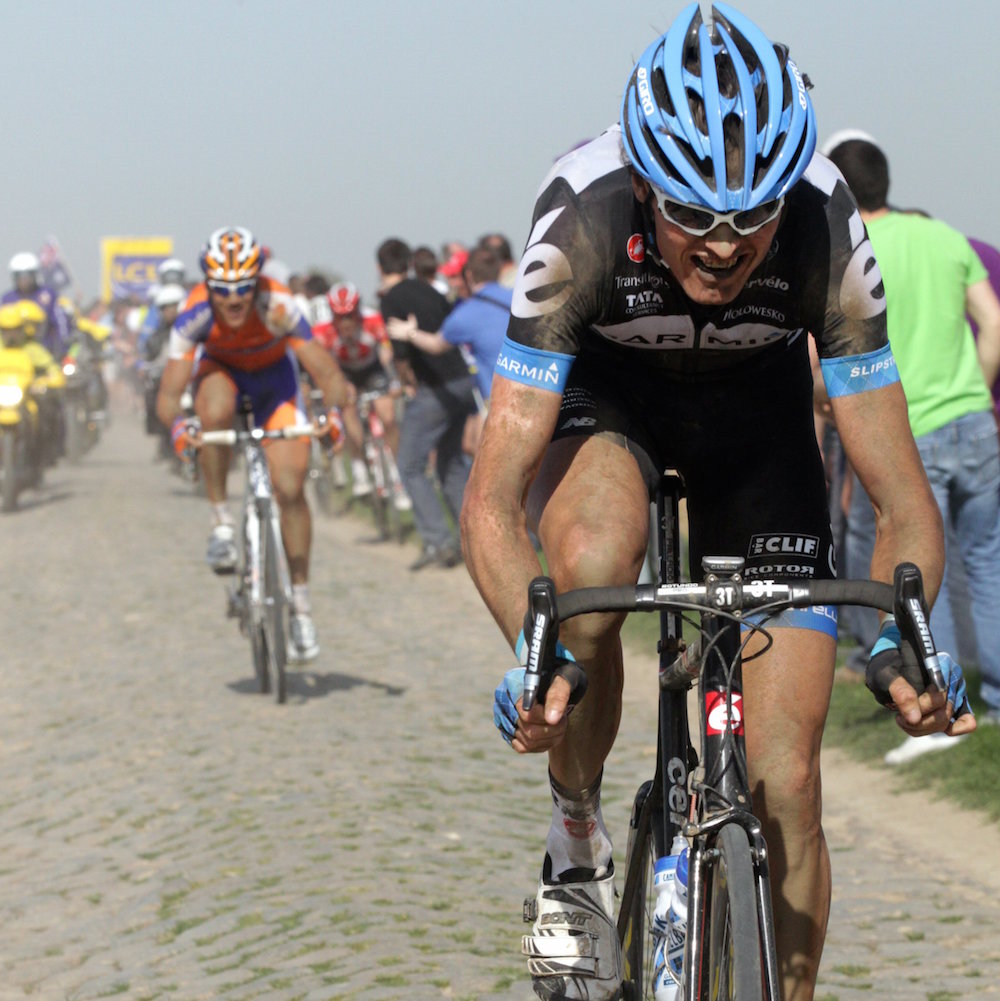
Pre-race favourite Fabian Cancellara was less than 30 seconds behind. Vansummeren’s mind was engulfed by terror. This childhood dream that was so unexpectedly about to bear fruit was all of a sudden thrown into doubt amid a pesky mechanical.
“I was scared when I touched my rim,” the Belgian recalls, almost eight years later. “I was scared about Cancellara. [Jonathan] Vaughters [his team manager] came next to me and said he was 30 seconds back. I was scared.
“The other riders behind who I had dropped, I knew they wouldn’t come back. But Cancellara… At that moment I was quite scared. I knew I was four kilometres from the finish and I had this tyre that was not completely flat yet but I couldn’t change it as everything would then be lost.
The latest race content, interviews, features, reviews and expert buying guides, direct to your inbox!
“I was so focused. I would say it was the most focused I have been in all my life. I knew if I didn’t have a flat tyre I would win, no doubt, but this gave me a problem.
“Everyone asks me how it was to enter the velodrome, and I do not remember how it was because I was so focused on my rear wheel. I was living in my own world with 2000 people around me. When you see the images, I was not going fast [in the velodrome]. I can enjoy it now, but it wasn’t enjoyable at the time.”
Vansummeren crossed the line 19 seconds ahead of Cancellara, relieved to have staved off the threat of flattening rubber and a serial winner from Switzerland.
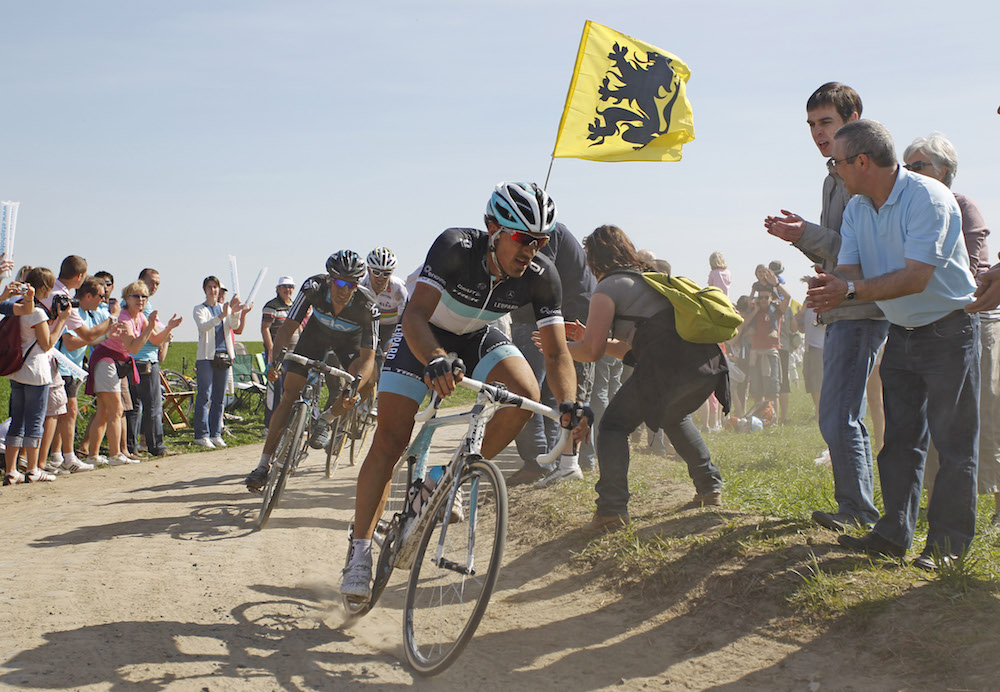
The Belgian, who retired in 2016 with heart problems after 15 years of racing in the sport’s upper echelons, had begun the day assigned with a free role but ultimately working on behalf of Hushovd. The plan was that Cancellara would not be allowed to escape, and for Hushovd to out-sprint him in the velodrome.
On a dry, dusty day in northern France - the antidote to mythical images of the Hell of the North (“More or less every time I raced Roubaix it was nice - it was never bad weather”, he says) Vansummeren made it into a group of 17. With just four left on Carrefour de l’Arbe, the final five-star cobbled sector totalling 2.1km in length, Vansummeren made his move on a 90 degree bend. “I went really, really fast. I knew it would be hard [to catch me] as I was going really fast.” True enough, he was soon alone and never to be caught.
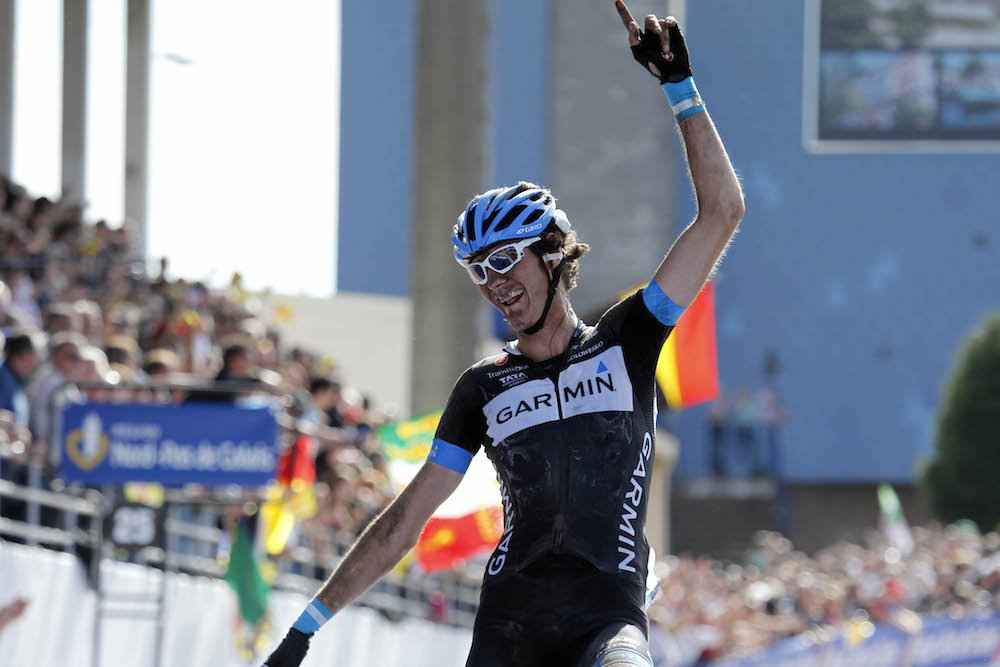
He had scribed another glorious chapter in the race’s annals, made a mockery of betting odds that put his chances at 167/1, and inspired other colleagues in the peloton. Mathew Hayman, who won the race in 2016, said of Vansummeren’s victory. “That keeps you holding onto that little bit of hope that one day it can be your turn.”
Yet to the man who registers near two-metres on a height chart, his victory came as no surprise to him. In fact, he prophesied his own success just the night before.
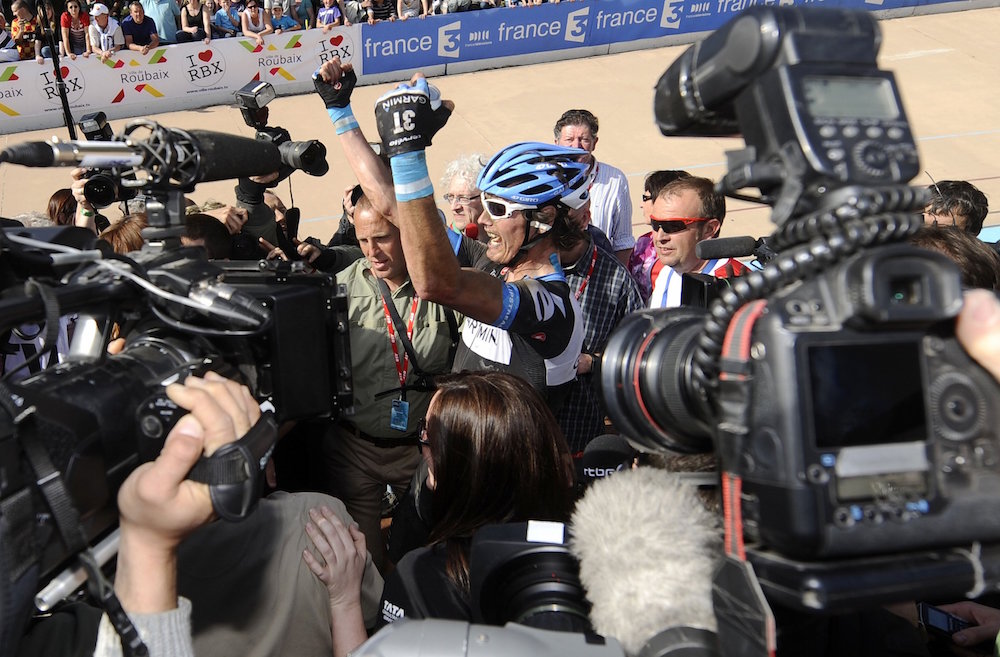
“The team leader was Hushovd but the day before I felt I had better legs. I rang my father at 11pm on the Saturday and told him that tomorrow I would be on the podium, for sure. True story.
“That week I had trained a lot and hadn’t done the Tour of Flanders. I felt I had really, really good legs in training. It was like there was no chain on the bike; only the effort of the legs. It was one of these gifted days.”
Follow on Twitter: @richwindy
Richard is digital editor of Cycling Weekly. Joining the team in 2013, Richard became editor of the website in 2014 and coordinates site content and strategy, leading the news team in coverage of the world's biggest races and working with the tech editor to deliver comprehensive buying guides, reviews, and the latest product news.
An occasional racer, Richard spends most of his time preparing for long-distance touring rides these days, or getting out to the Surrey Hills on the weekend on his Specialized Tarmac SL6 (with an obligatory pub stop of course).
